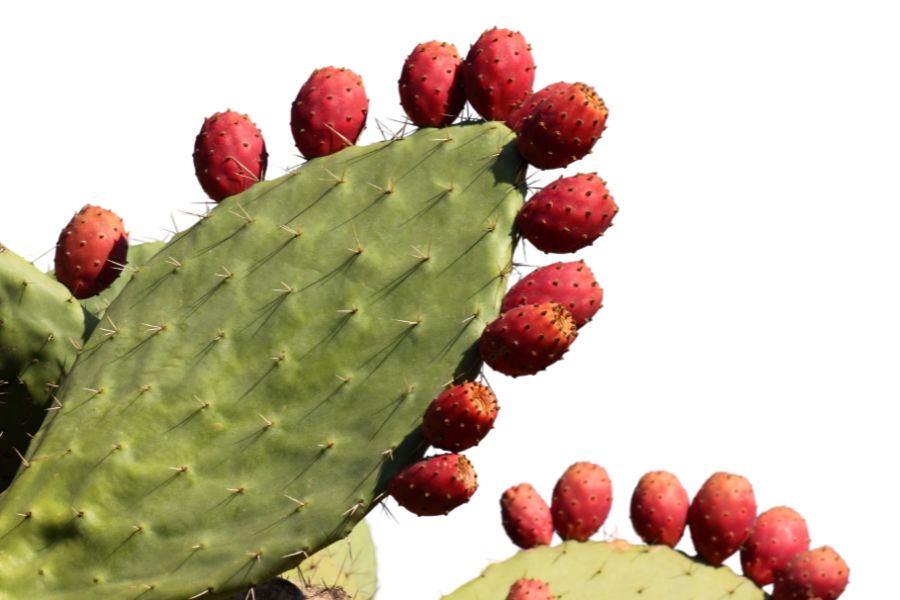Arizona’s wild landscapes offer rich rewards beyond beautiful views. Hidden among the desert floors, mountain slopes, and river valleys are edible plants worth searching for. People have gathered these natural foods here for thousands of years.
The Sonoran Desert might look bare to untrained eyes, but useful plants grow everywhere. Prickly pear fruits turn bright purple when ripe and make delicious jelly. Native people still collect these fruits using special wooden tools.
Higher up in Arizona’s mountains, different foods grow. Pine nuts from certain trees provide protein and healthy fats. Mushrooms appear after summer rains, though you need solid knowledge to pick the safe ones.
Some of the state’s best forageables don’t stand out until you understand what you’re seeing. When you do, it’s possible to collect everything from sweet fruit to savory tubers in just one area. The deeper you go, the more you realize how much you’ve been walking past.
What We Cover In This Article:
- What Makes Foreageables Valuable
- Foraging Mistakes That Cost You Big Bucks
- The Most Valuable Forageables in the State
- Where to Find Valuable Forageables in the State
- When to Forage for Maximum Value
- The extensive local experience and understanding of our team
- Input from multiple local foragers and foraging groups
- The accessibility of the various locations
- Safety and potential hazards when collecting
- Private and public locations
- A desire to include locations for both experienced foragers and those who are just starting out
Using these weights we think we’ve put together the best list out there for just about any forager to be successful!
A Quick Reminder
Before we get into the specifics about where and how to find these plants and mushrooms, we want to be clear that before ingesting any wild plant or mushroom, it should be identified with 100% certainty as edible by someone qualified and experienced in mushroom and plant identification, such as a professional mycologist or an expert forager. Misidentification can lead to serious illness or death.
All plants and mushrooms have the potential to cause severe adverse reactions in certain individuals, even death. If you are consuming wild foragables, it is crucial to cook them thoroughly and properly and only eat a small portion to test for personal tolerance. Some people may have allergies or sensitivities to specific mushrooms and plants, even if they are considered safe for others.
The information provided in this article is for general informational and educational purposes only. Foraging involves inherent risks.
What Makes Foreageables Valuable
Some wild plants, mushrooms, and natural ingredients can be surprisingly valuable. Whether you’re selling them or using them at home, their worth often comes down to a few key things:
The Scarcer the Plant, the Higher the Demand
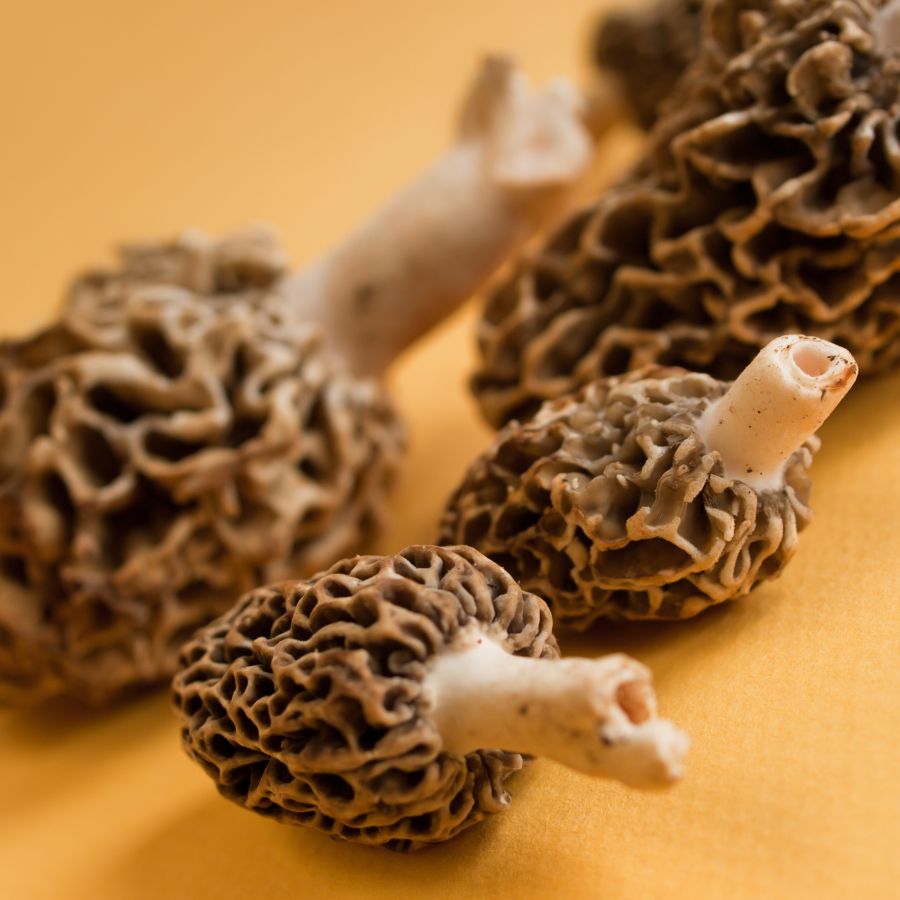
Some valuable forageables only show up for a short time each year, grow in hard-to-reach areas, or are very difficult to cultivate. That kind of rarity makes them harder to find and more expensive to buy.
Morels, truffles, and ramps are all good examples of this. They’re popular, but limited access and short growing seasons mean people are often willing to pay more.
A good seasonal foods guide can help you keep track of when high-value items appear.
High-End Dishes Boost the Value of Ingredients
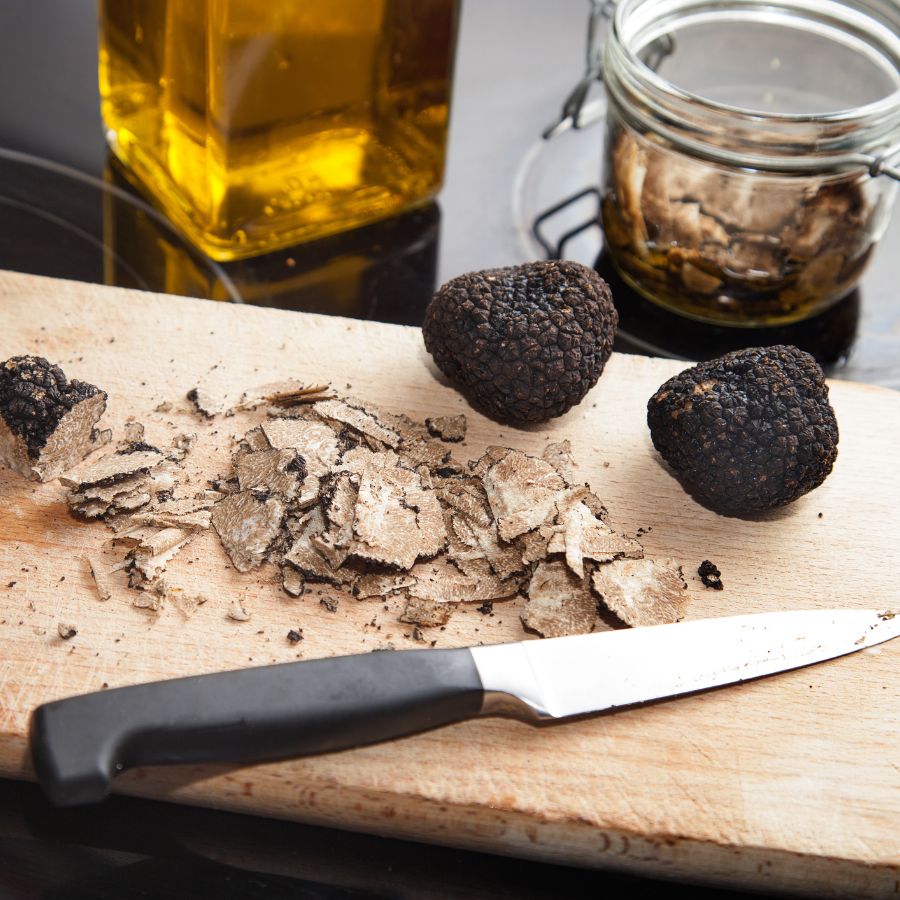
Wild ingredients that are hard to find in stores often catch the attention of chefs and home cooks. When something unique adds flavor or flair to a dish, it quickly becomes more valuable.
Truffles, wild leeks, and edible flowers are prized for how they taste and look on a plate. As more people try to include them in special meals, the demand—and the price—tends to rise.
You’ll find many of these among easy-to-identify wild mushrooms or herbs featured in fine dining.
Medicinal and Practical Uses Drive Forageable Prices Up
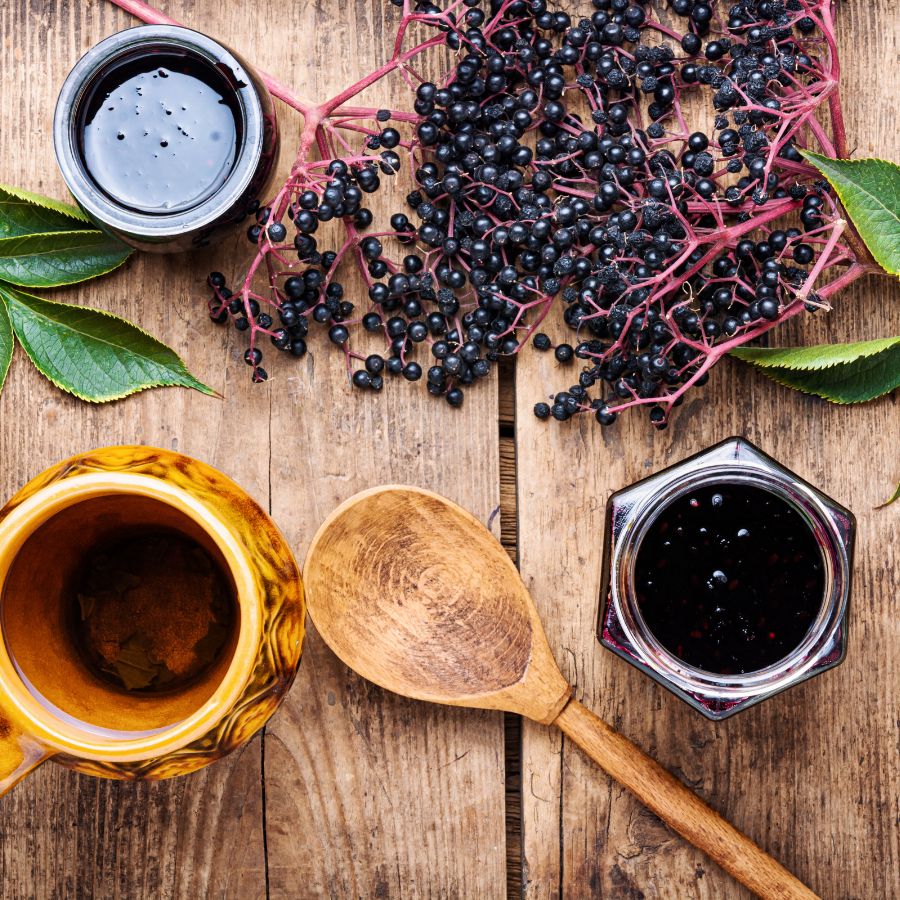
Plants like ginseng, goldenseal, and elderberries are often used in teas, tinctures, and home remedies. Their value comes from how they support wellness and are used repeatedly over time.
These plants are not just ingredients for cooking. Because people turn to them for ongoing use, the demand stays steady and the price stays high.
The More Work It Takes to Harvest, the More It’s Worth
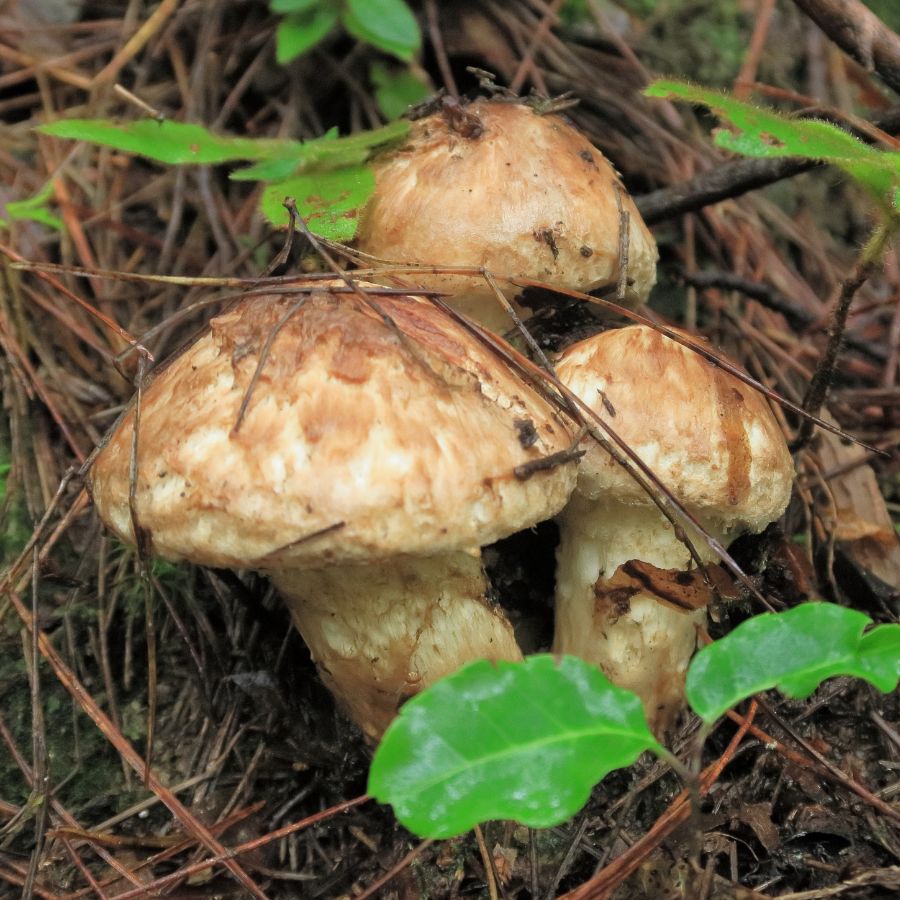
Forageables that are hard to reach or tricky to harvest often end up being more valuable. Some grow in dense forests, need careful digging, or have to be cleaned and prepared before use.
Matsutake mushrooms are a good example, because they grow in specific forest conditions and are hard to spot under layers of leaf litter. Wild ginger and black walnuts, meanwhile, both require extra steps for cleaning and preparation before they can be used or sold.
All of that takes time, effort, and experience. When something takes real work to gather safely, buyers are usually willing to pay more for it.
Foods That Keep Well Are More Valuable to Buyers
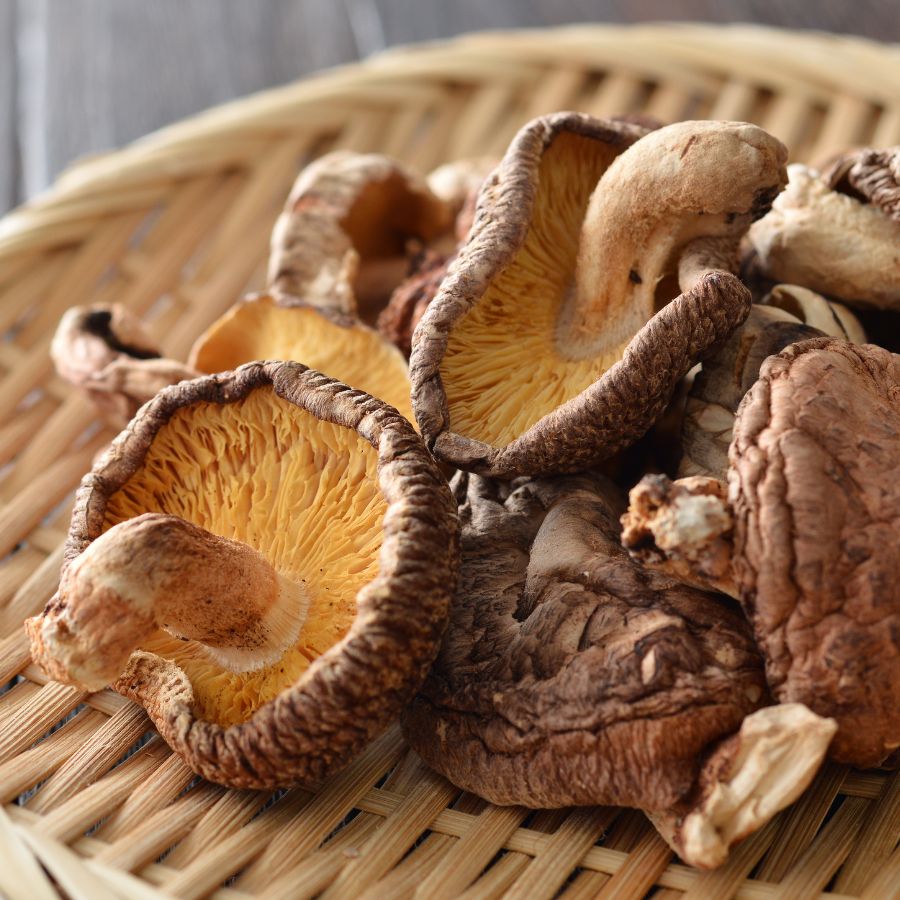
Some forageables, like dried morels or elderberries, can be stored for months without losing their value. These longer-lasting items are easier to sell and often bring in more money over time.
Others, like wild greens or edible flowers, have a short shelf life and need to be used quickly. Many easy-to-identify wild greens and herbs are best when fresh, but can be dried or preserved to extend their usefulness.
A Quick Reminder
Before we get into the specifics about where and how to find these mushrooms, we want to be clear that before ingesting any wild mushroom, it should be identified with 100% certainty as edible by someone qualified and experienced in mushroom identification, such as a professional mycologist or an expert forager. Misidentification of mushrooms can lead to serious illness or death.
All mushrooms have the potential to cause severe adverse reactions in certain individuals, even death. If you are consuming mushrooms, it is crucial to cook them thoroughly and properly and only eat a small portion to test for personal tolerance. Some people may have allergies or sensitivities to specific mushrooms, even if they are considered safe for others.
The information provided in this article is for general informational and educational purposes only. Foraging for wild mushrooms involves inherent risks.
Foraging Mistakes That Cost You Big Bucks
When you’re foraging for high-value plants, mushrooms, or other wild ingredients, every decision matters. Whether you’re selling at a farmers market or stocking your own pantry, simple mistakes can make your harvest less valuable or even completely worthless.
Harvesting at the Wrong Time
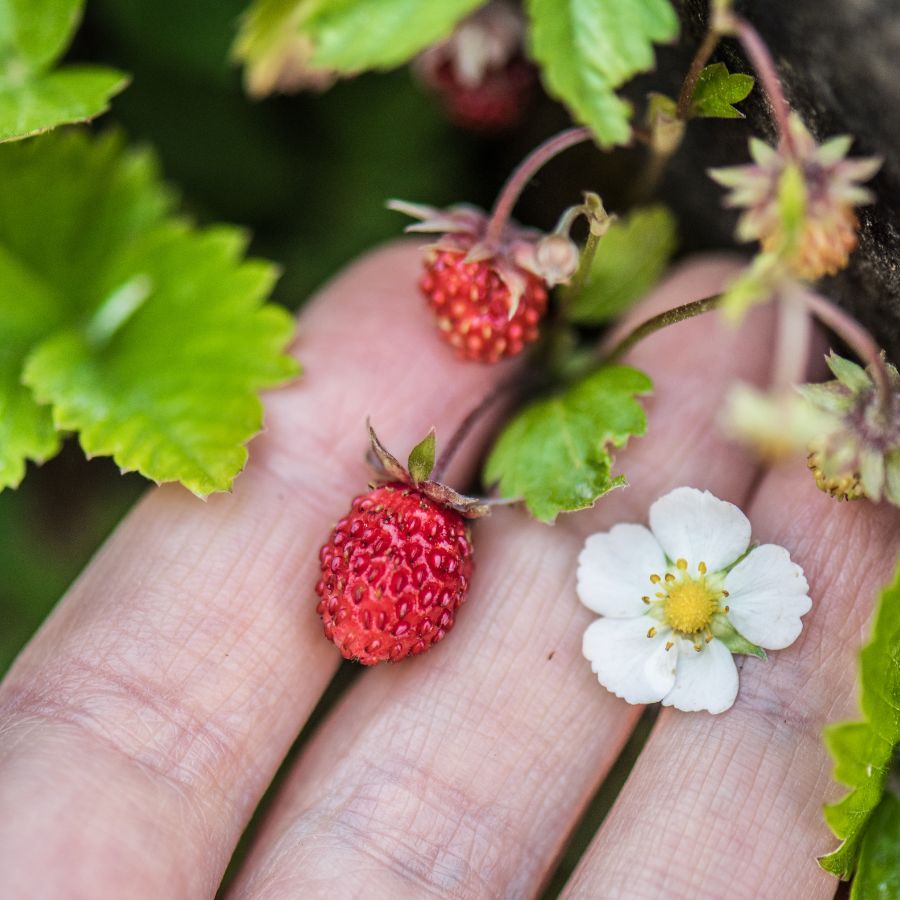
Harvesting at the wrong time can turn a valuable find into something no one wants. Plants and mushrooms have a short window when they’re at their best, and missing it means losing quality.
Morels, for example, shrink and dry out quickly once they mature, which lowers their weight and price. Overripe berries bruise in the basket and spoil fast, making them hard to store or sell.
Improper Handling After Harvest
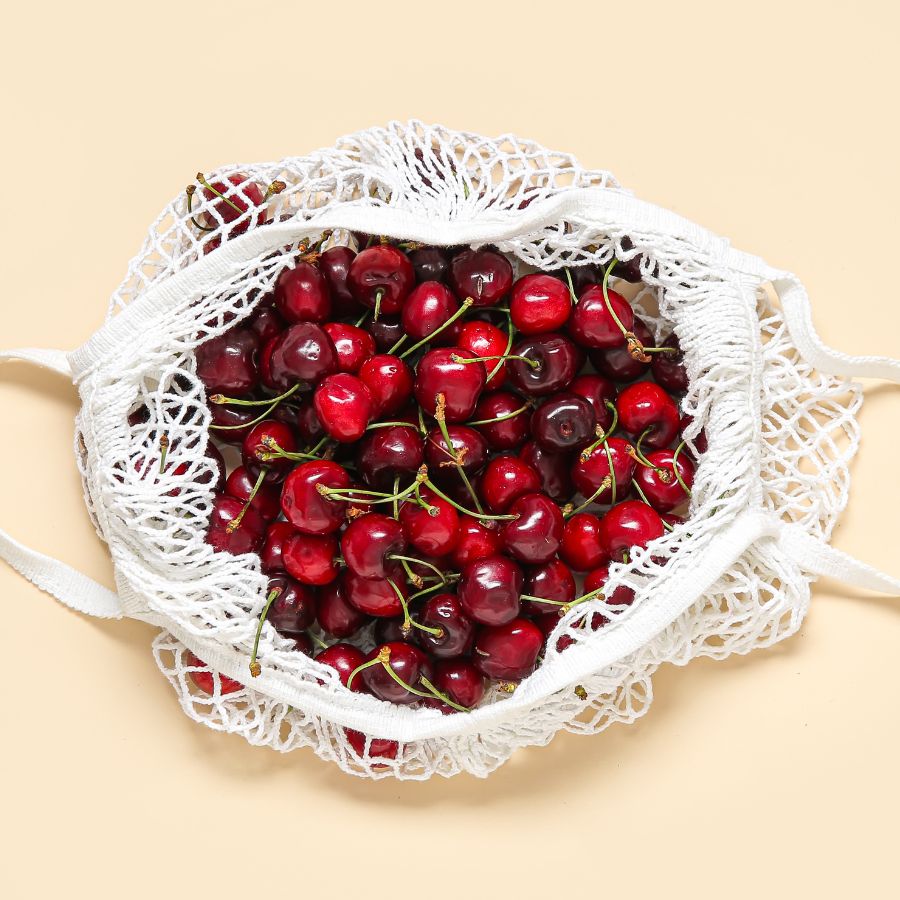
Rough handling can ruin even the most valuable forageables. Crushed mushrooms, wilted greens, and dirty roots lose both their appeal and their price.
Use baskets or mesh bags to keep things from getting smashed and let air circulate. Keeping everything cool and clean helps your harvest stay fresh and look better for longer.
This is especially important for delicate items like wild roots and tubers that need to stay clean and intact.
Skipping Processing Steps
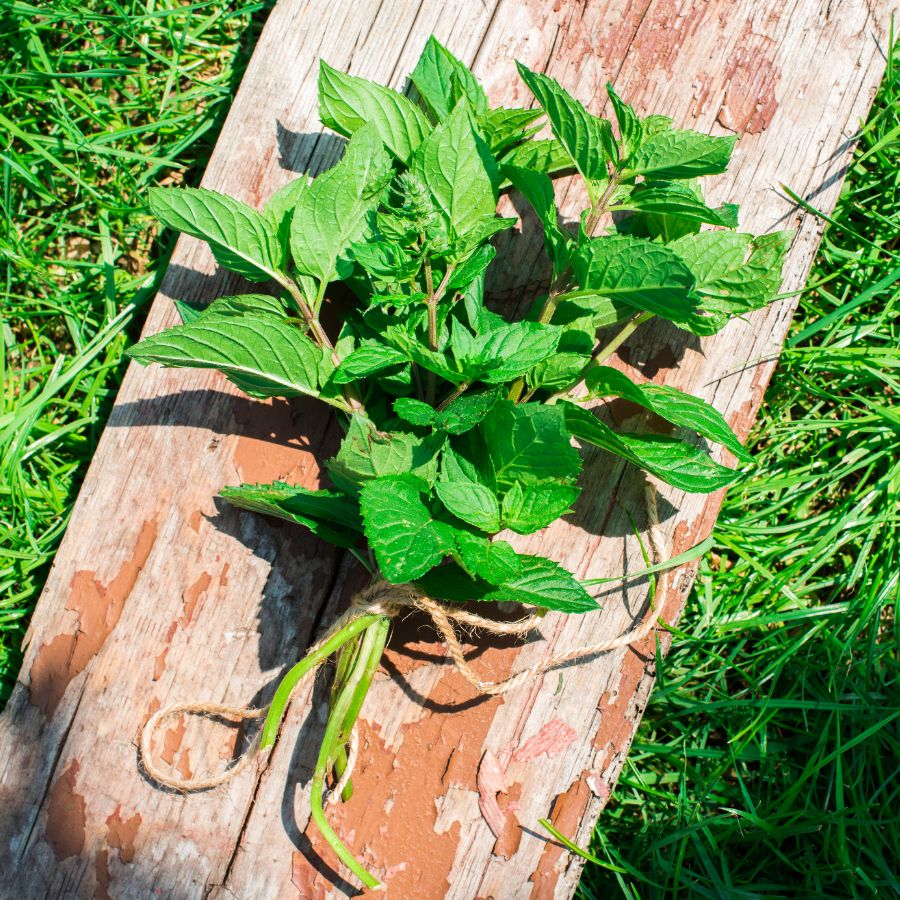
Skipping basic processing steps can cost you money. A raw harvest may look messy, spoil faster, or be harder to use.
For example, chaga is much more valuable when dried and cut properly. Herbs like wild mint or nettle often sell better when bundled neatly or partially dried. If you skip these steps, you may end up with something that looks unappealing or spoils quickly.
Collecting from the Wrong Area
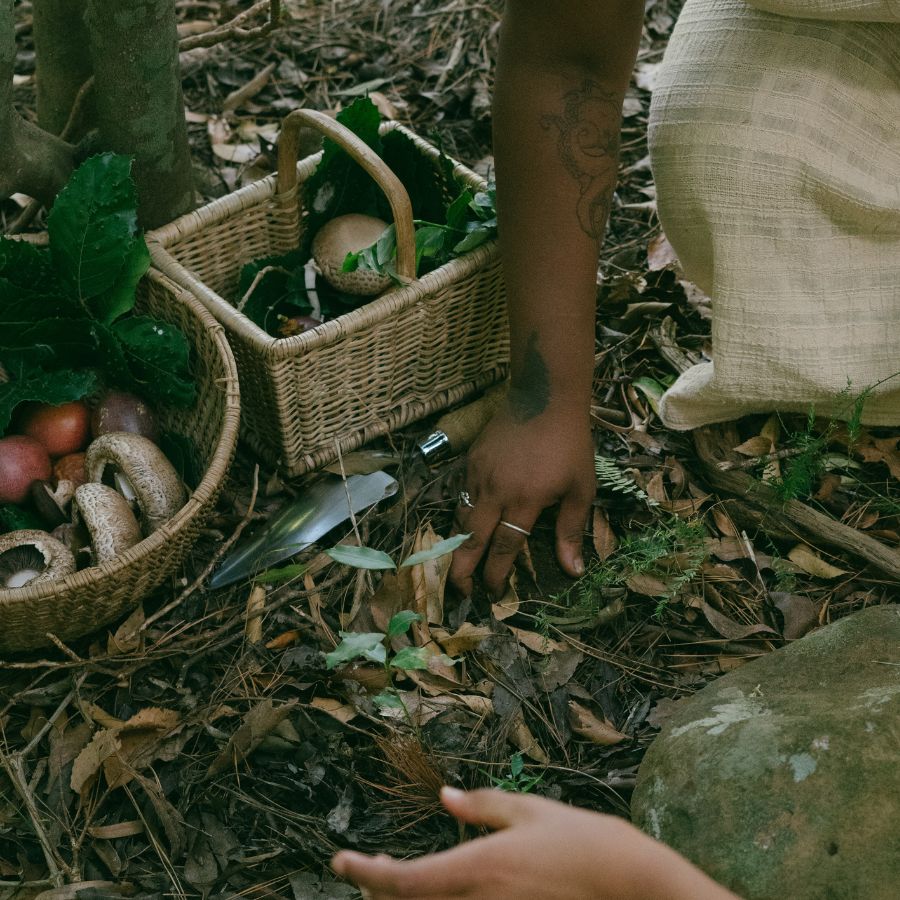
Harvesting in the wrong place can ruin a good find. Plants and mushrooms pulled from roadsides or polluted ground may be unsafe, no matter how fresh they look.
Buyers want to know their food comes from clean, responsible sources. If a spot is known for overharvesting or damage, it can make the whole batch less appealing.
These suburbia foraging tips can help you find overlooked spots that are surprisingly safe and productive.
Not Knowing the Market
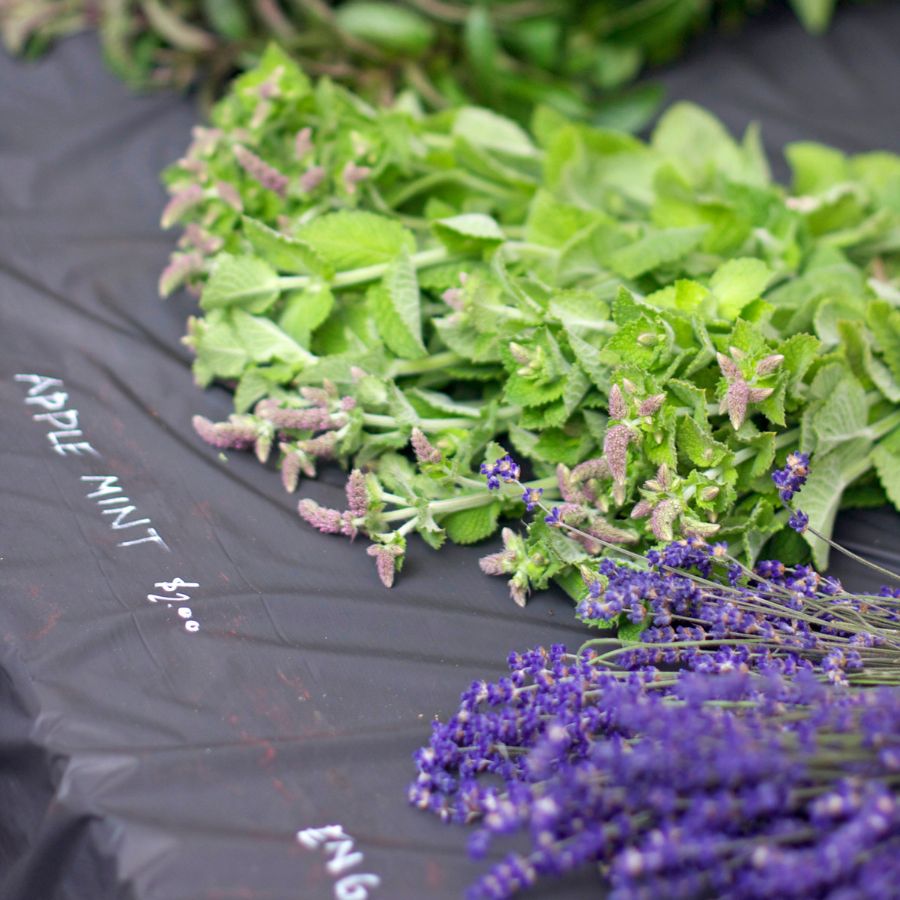
A rare plant isn’t valuable if nobody wants to buy it. If you gather in-demand species like wild ramps or black trumpets, you’re more likely to make a profit. Pay attention to what chefs, herbalists, or vendors are actually looking for.
Foraging with no plan leads to wasted effort and unsold stock. Keeping up with demand helps you bring home a profit instead of a pile of leftovers.
You can also brush up on foraging for survival strategies to identify the most versatile and useful wild foods.
Before you head out
Before embarking on any foraging activities, it is essential to understand and follow local laws and guidelines. Always confirm that you have permission to access any land and obtain permission from landowners if you are foraging on private property. Trespassing or foraging without permission is illegal and disrespectful.
For public lands, familiarize yourself with the foraging regulations, as some areas may restrict or prohibit the collection of mushrooms or other wild foods. These regulations and laws are frequently changing so always verify them before heading out to hunt. What we have listed below may be out of date and inaccurate as a result.
The Most Valuable Forageables in the State
Some of the most sought-after wild plants and fungi here can be surprisingly valuable. Whether you’re foraging for profit or personal use, these are the ones worth paying attention to:
Prickly Pear Cactus (Opuntia spp.)
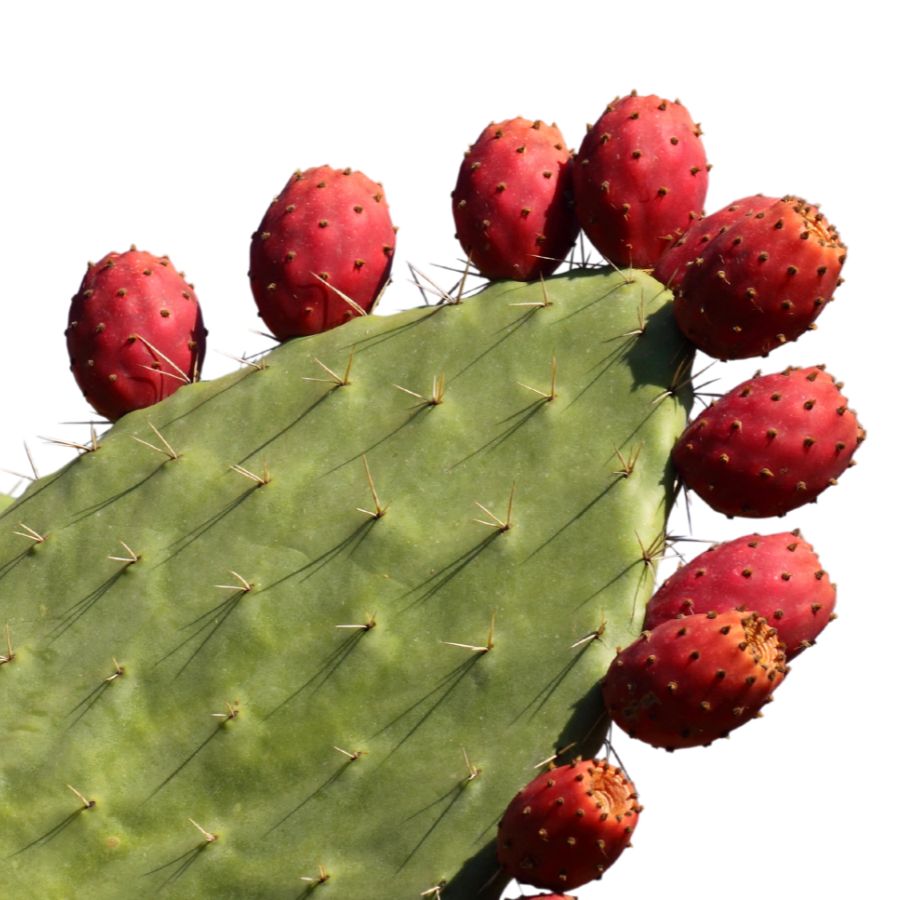
Prickly pear cactus grows across desert regions with flat, paddle-shaped segments covered in sharp spines and smaller glochids. The plant produces bright yellow, red, or pink flowers that turn into colorful fruits called tunas. Both the pads and fruits have been traditional food sources for centuries.
The oval fruits range from deep red to purple when ripe and taste sweet with a mild flavor. Young pads can be eaten after removing all spines and glochids. Always wear thick gloves when harvesting because the tiny glochids are nearly invisible but very irritating to skin.
Look for the distinctive flat, oval segments to identify prickly pear. Other cacti have round stems or different shapes, making confusion unlikely.
The fruits command good prices at farmers markets and specialty stores. Many people buy them for their high vitamin C content and antioxidants, making this cactus valuable for commercial foragers.
Mesquite (Prosopis spp.)
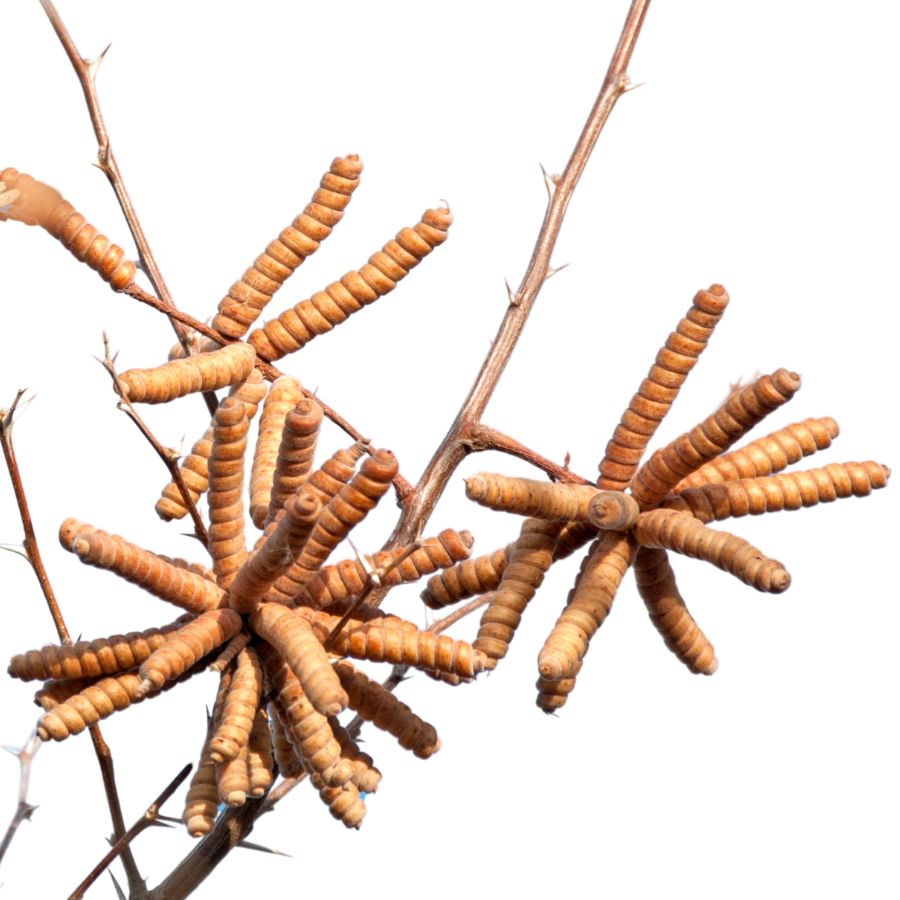
Mesquite produces long seed pods that are edible when ground into a fine flour, giving a naturally sweet, molasses-like flavor. The pods have a firm outer shell with a chewy pulp inside that can be dried and milled.
The seeds inside the pods are not eaten raw—they’re too hard to digest and should be discarded or removed during processing. Mesquite flour works well in baking or as a flavor enhancer in drinks and sauces.
Avoid confusing mesquite with acacia species that also bear seed pods but often have toxic or bitter seeds; mesquite pods are typically more curved and lack the intense tannins. Taste is the easiest way to confirm; mesquite is sweet, not astringent.
The tree’s bark and leaves aren’t used in cooking, so focus only on harvesting the pods. Even when dried, the flour has excellent shelf life, making it a favorite among desert foragers.
Cholla Cactus (Cylindropuntia spp.)
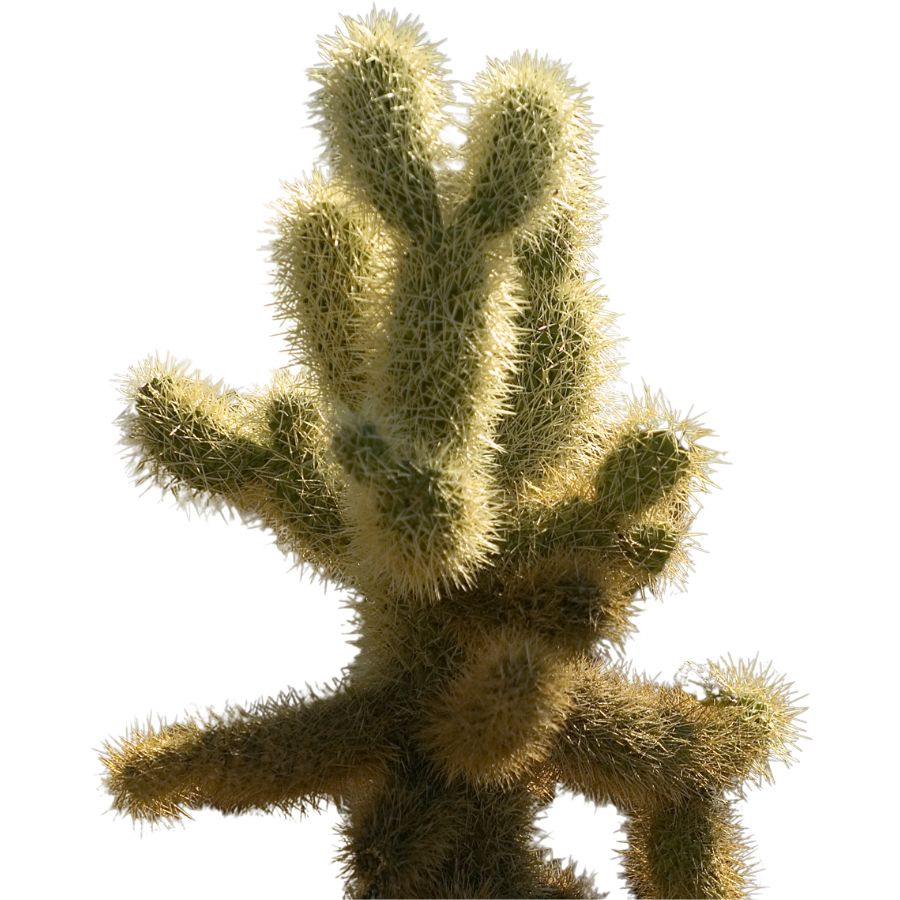
If you’re dealing with a cactus that has segmented, barbed joints that cling to you like Velcro, you’ve probably found cholla. The young joints and ripe fruit are the most commonly eaten, though you’ll need thick gloves and careful handling to get to them.
The fruit has a sweet flavor with a mild strawberry taste, while the raw joints—especially from jumping cholla—have a texture and flavor similar to kiwi. Most people cook the joints to reduce the chance of stomach irritation.
Spines must be thoroughly removed from both parts before eating, as even the smallest ones can cause injury. Use tongs or fire to help dislodge the glochids, which are tiny, hair-like barbs hidden among the bigger spines.
Some varieties of cholla may resemble non-edible or less desirable cacti, but their segmented cylindrical stems set them apart. Always avoid woody or older joints, as they’re too tough to chew and not used for food.
Amaranth (Amaranthus spp.)
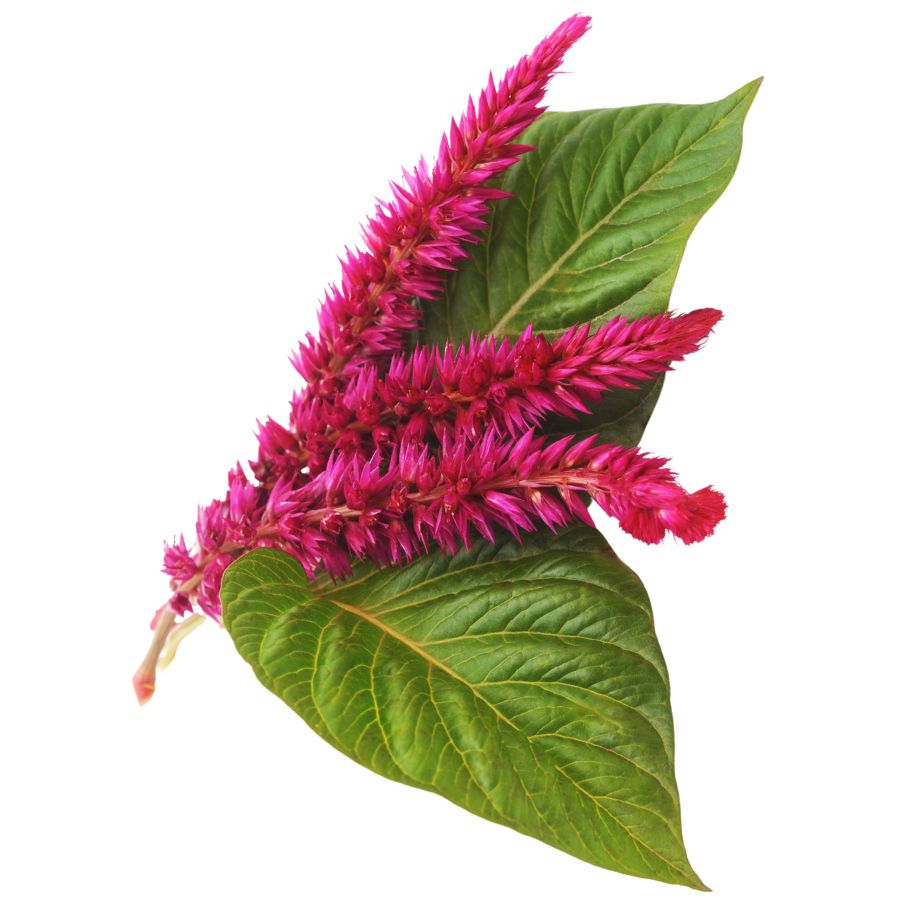
Amaranth has broad, often reddish-tinged leaves and dense flower spikes that range from green to deep purple. You can eat both the leaves and the seeds, with the leaves tasting slightly earthy and the seeds having a nutty flavor when cooked.
Boil or sauté the young leaves like spinach, or use the seeds as a grain substitute in porridge or flatbreads. Avoid pigweed lookalikes—while related, some varieties grow in contaminated soils or accumulate nitrates, making them a risky choice.
The seeds of amaranth are tiny, round, and can be white, golden, or dark brown, depending on the variety. Cooked seeds have a slightly chewy texture and pop a bit when heated, similar to quinoa.
Amaranth leaves are more tender when young and can be eaten raw, but mature leaves need cooking to soften their fibrous texture. There’s nothing toxic in the plant itself, but overconsumption of raw leaves can irritate due to oxalates.
Desert Hackberry (Celtis pallida)
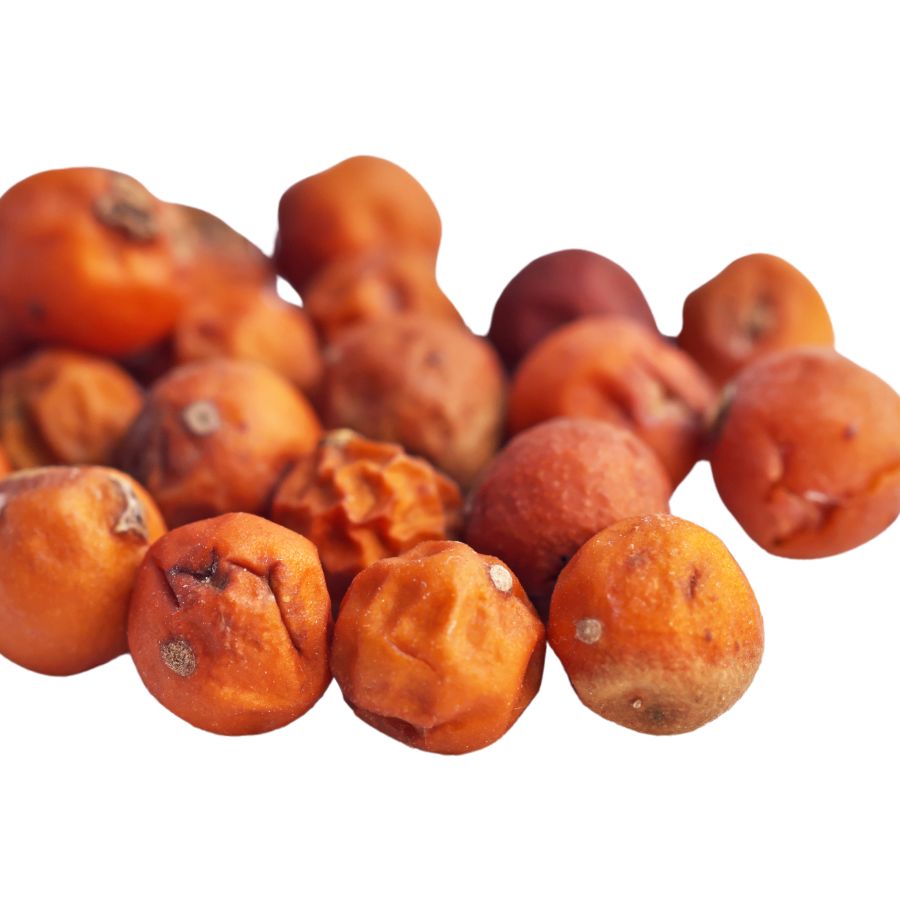
Traditional desert communities have relied on desert hackberry berries for generations because they store so well when dried. The small orange berries taste like dates and can last months without spoiling. This makes them perfect emergency food during harsh desert conditions.
The thorny shrub reaches about six feet tall with small oval leaves. Orange berries hang in clusters and contain mostly seed with thin, sweet flesh around the outside. Each berry provides concentrated nutrition in a tiny package.
Dried hackberry berries taste similar to raisins and sell consistently at outdoor markets. The long storage time means foragers can harvest once and sell throughout the year. Native plant enthusiasts pay good money for these traditional foods that their ancestors used.
Wolfberry (Lycium spp.)
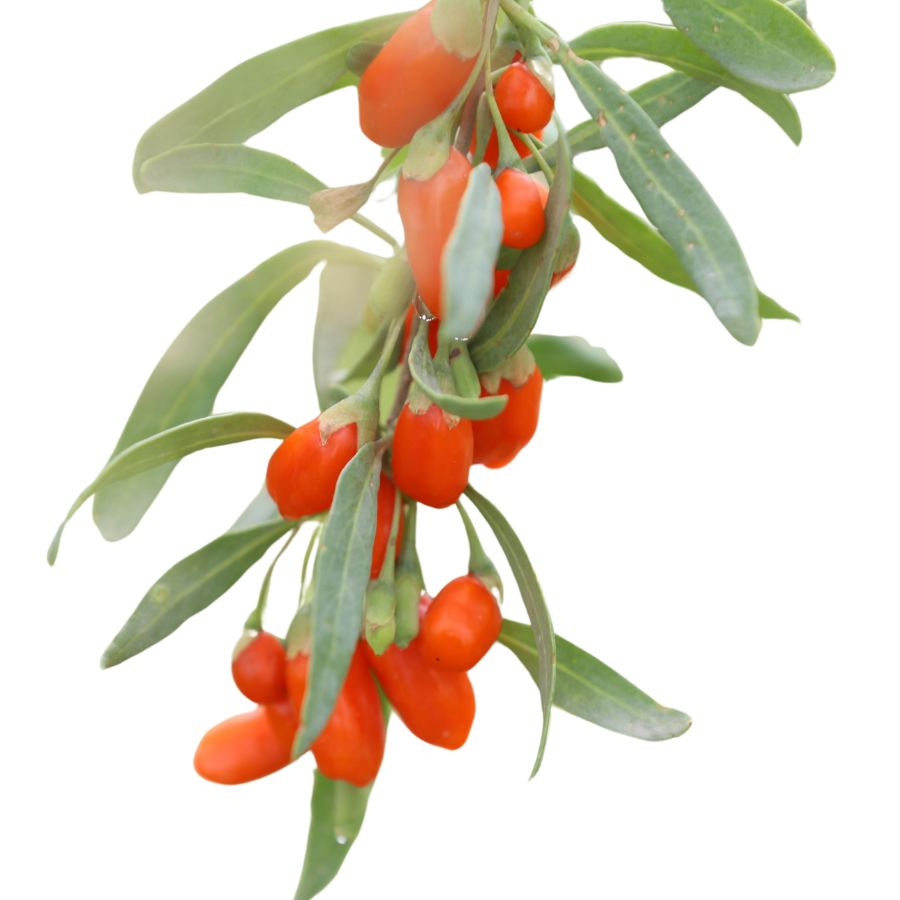
Wolfberry produces clusters of soft, oval berries that range from red to bright orange and are safe to eat when fully ripe. These berries grow on a woody, thicket-forming shrub with long, narrow leaves and sometimes small spines along the stems.
The fruit has a chewy skin with a mildly sweet flavor and is commonly dried for storage or rehydrated in herbal broths and porridges. It’s best not to eat the plant’s leaves or stems—stick to the fruit.
Some Solanum species have similar-looking berries, but they usually have broader leaves and lack the woody, thorny growth pattern of wolfberry. Always look at the entire plant before tasting anything.
You’ll also notice that the berries tend to shrivel slightly as they ripen on the branch, giving them a wrinkled look even before drying. These berries have long been added to rice dishes, dumpling fillings, and even fermented into mild fruit wines.
Agave (Agave spp.)
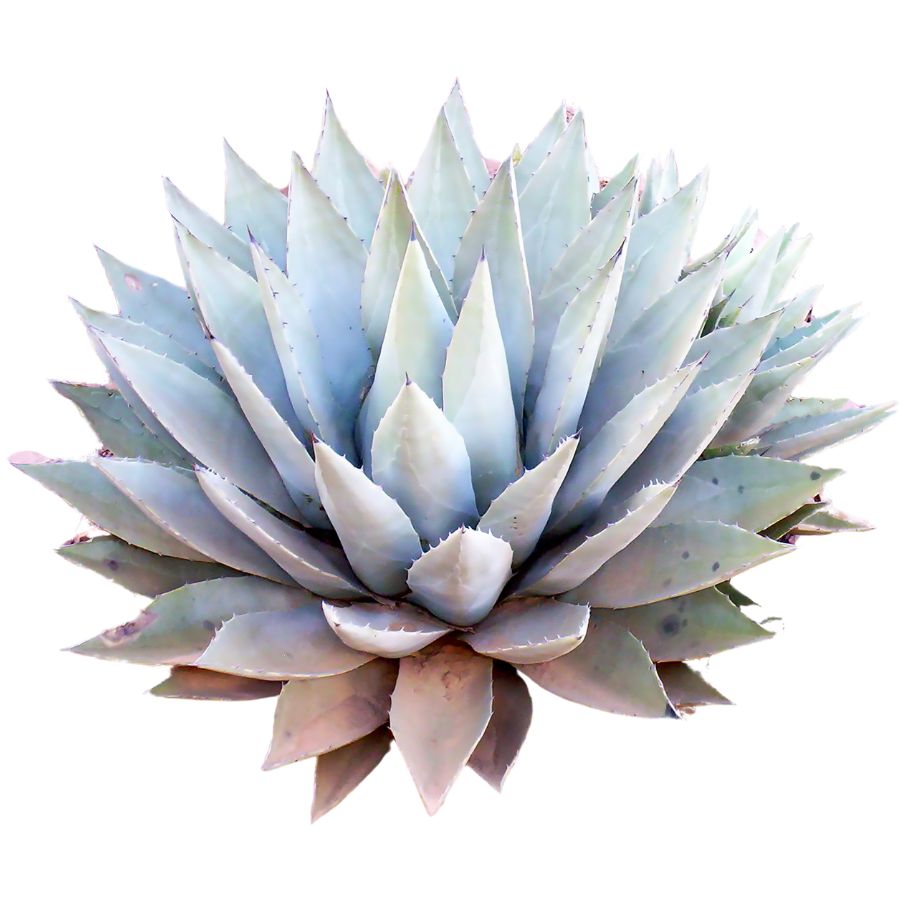
The thick, pointed leaves of agave grow in tight rosettes and often have sharp spines along the edges and tips. Some non-edible lookalikes, like certain yucca species, lack the sap that can irritate your skin and don’t produce the same edible core.
You can roast the central heart—or piña—after removing the tough leaves; it becomes sweet and fibrous, like smoky squash. The sap can also be boiled into syrup or fermented into a mildly alcoholic drink, though it’s the heart that’s most often consumed.
The raw leaves and sap shouldn’t be eaten due to toxic compounds that can cause irritation and digestive upset. Always strip the outer leaves completely and cook the core thoroughly before using it.
If you taste properly roasted agave, expect a rich, earthy sweetness with a slightly sticky texture. The outer layers are discarded, while the roasted interior pulls apart like pulled pork and can be eaten plain or mashed into paste.
Saguaro Cactus (Carnegiea gigantea)
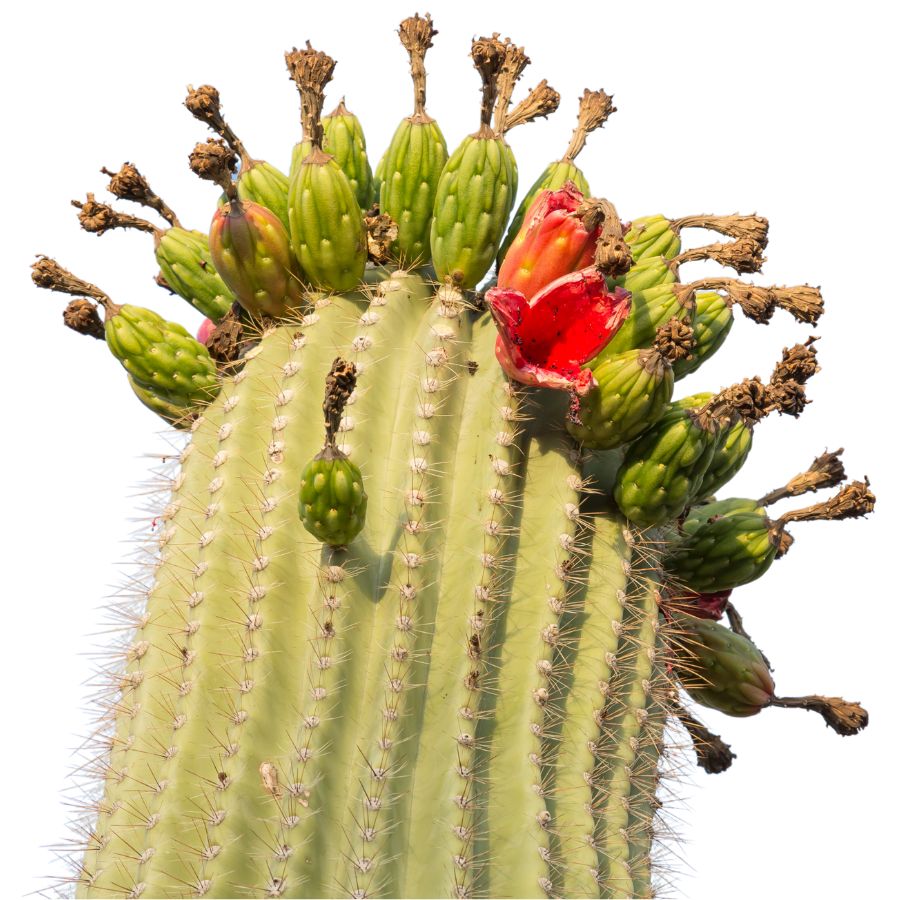
White flowers bloom at the tips of towering saguaro arms and transform into bright red fruits. The sweet pulp inside tastes like watermelon mixed with fig and contains hundreds of tiny black seeds. Indigenous peoples have harvested these fruits with long poles for thousands of years.
No other plant looks like a saguaro because of its enormous size and distinctive branching arms. These giants can reach 40 feet tall and take decades to mature enough for fruit production. They only grow in very specific desert regions.
Saguaro fruits command premium prices because of their extreme rarity and unique flavor. Gourmet food buyers treasure the pulp for making expensive jams and syrups. Each fruit sells for top dollar to collectors who want authentic desert cuisine ingredients.
Canyon Grape (Vitis arizonica)
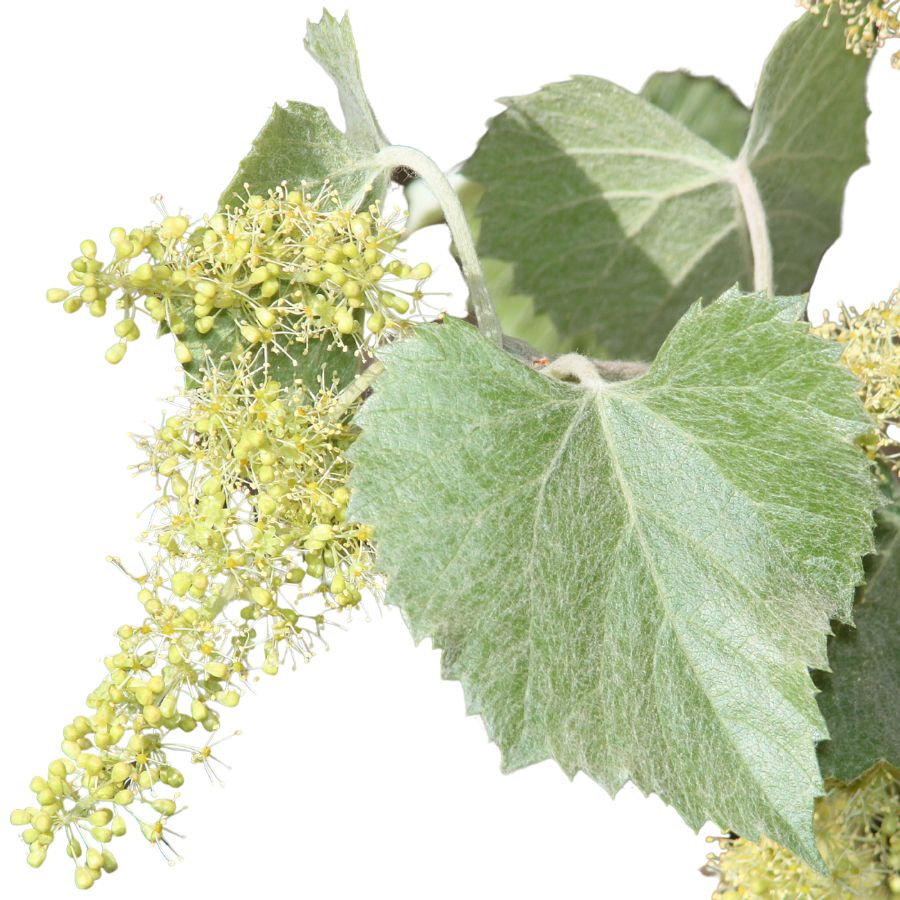
Intense tartness makes canyon grapes perfect for wine making rather than fresh eating. The strong, sour flavor concentrates beautifully when fermented or cooked down into preserves. Wild varieties have much more complex taste than any commercial grape can provide.
Curly tendrils help the vines climb canyon walls and trees near water sources. Heart-shaped leaves with three to five lobes cover the climbing stems. Small, dark purple grapes grow in tight clusters during fruiting season.
Virginia creeper looks similar but has five separate leaflets instead of lobed grape leaves. Always look for the climbing tendrils and correct leaf shape before harvesting any wild berries from canyon areas.
Jujube (Ziziphus jujuba)
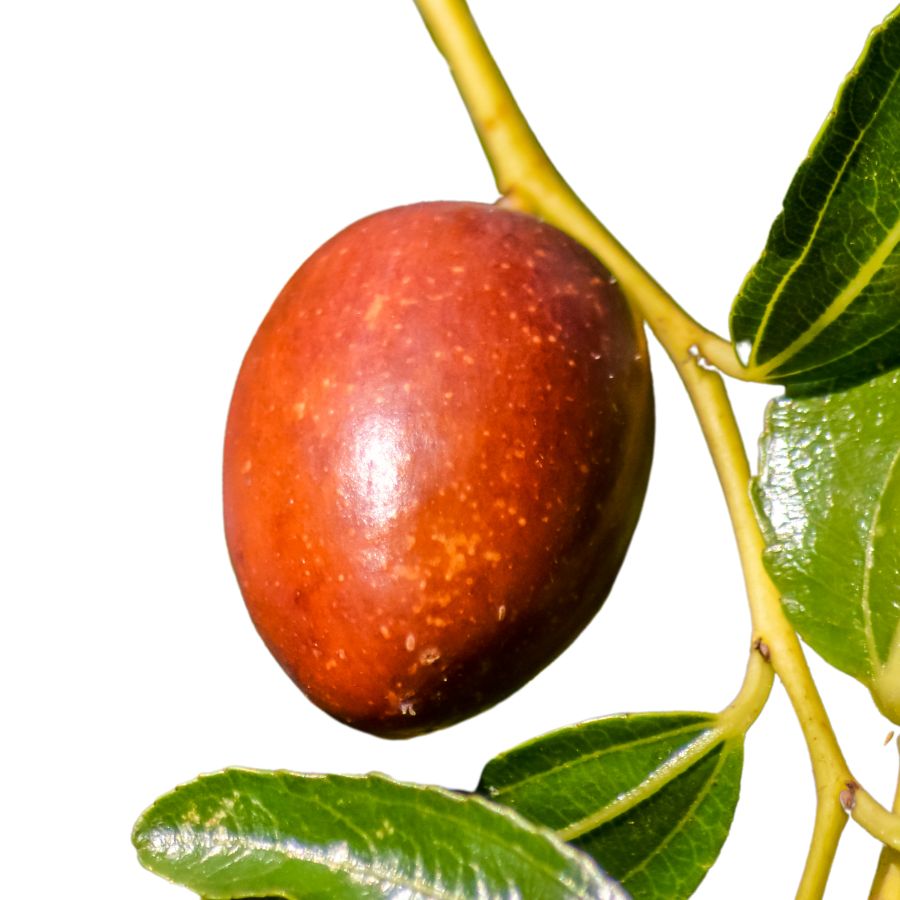
Jujube fruits grow on small trees with thorny branches and bright green leaves. When ripe, these round fruits turn from green to red-brown and have a sweet taste like apples with hints of dates. They’re about the size of large cherries with a single pit inside.
You can eat jujubes fresh when they’re still firm or wait until they start to wrinkle and get sweeter. The entire fruit is edible except for the hard seed in the middle.
People have used jujubes in Chinese medicine for over 4,000 years to help with sleep and digestion. They sell well at farmers markets because they’re hard to find in regular stores.
Fresh jujubes bring $8-12 per pound, while dried ones (often called Chinese dates) can sell for even more because they keep for months without going bad.
Pinyon Pine (Pinus edulis)

The seeds from pinyon pine trees have fed people in the Southwest for thousands of years. These small, bushy evergreens grow in dry mountain areas and produce cones filled with nutritious nuts every few years.
Pine nuts have a rich, buttery flavor that tastes great both raw and cooked. Getting them requires work—you must collect the cones, heat them until they open, then crack each seed to remove the shell.
No other wild food matches pinyon nuts for calories and protein in such a small package. They contain healthy fats that kept desert travelers alive during hard times.
Many chefs pay top dollar for wild-harvested pine nuts because they taste better than store-bought kinds. A good harvest can bring in serious money since they sell for $15-25 per pound.
Desert Purslane (Portulaca oleracea)
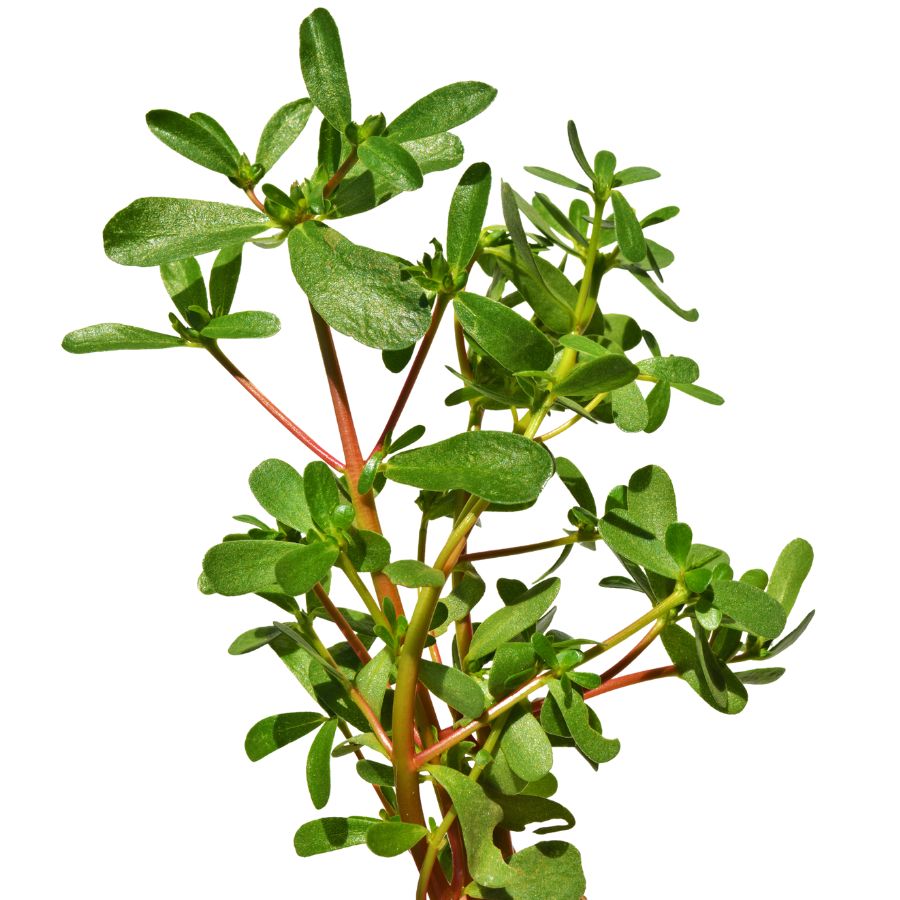
Many gardeners pull purslane as a weed, not knowing they’re throwing away a nutritional goldmine. This low-growing plant has thick, reddish stems and small, paddle-shaped leaves that grow in a circular pattern.
Purslane tastes slightly sour and salty, making it perfect for summer salads or as a spinach substitute. The crisp texture holds up well when cooked in soups or stir-fries.
Scientists have found that purslane contains more omega-3s than any other leafy vegetable. This makes it valuable to people looking for plant-based sources of these healthy fats.
Wild Onion (Allium spp.)
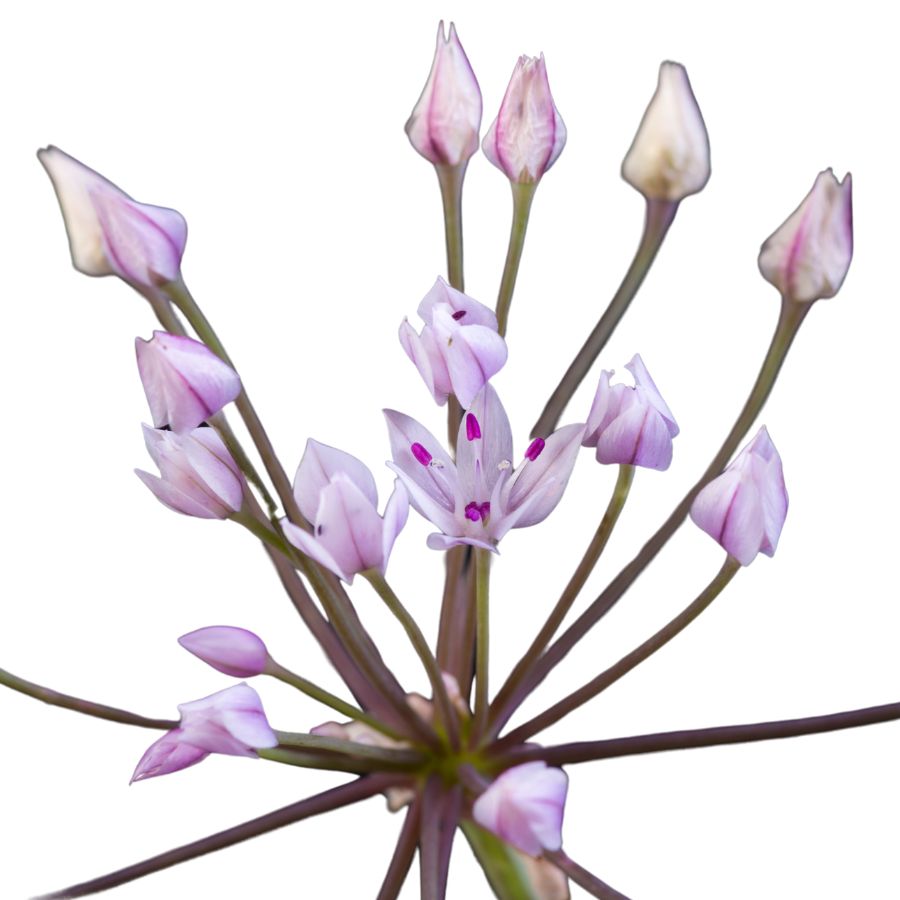
Wild onion, sometimes called meadow garlic or wild garlic, grows with slender green stems and small bulbs tucked just below the surface. The leaves are smooth, narrow, and hollow, giving off a sharp onion scent when crushed between your fingers.
The entire plant is edible, from the crisp bulbs to the tender stems and flowers. Its strong onion flavor can be used fresh, cooked into soups, or even pickled for longer storage.
One important thing to watch for is its lookalike, death camas, which has similar leaves but no onion smell and can be deadly if eaten. Always crush a leaf and check for that familiar onion scent before harvesting any wild onion.
Wild onion adds a punch of flavor to dishes like scrambled eggs, roasted meats, and vegetable sautés. Besides cooking, it has a long history of being used in herbal remedies for colds and minor infections.
Manzanita (Arctostaphylos spp.)
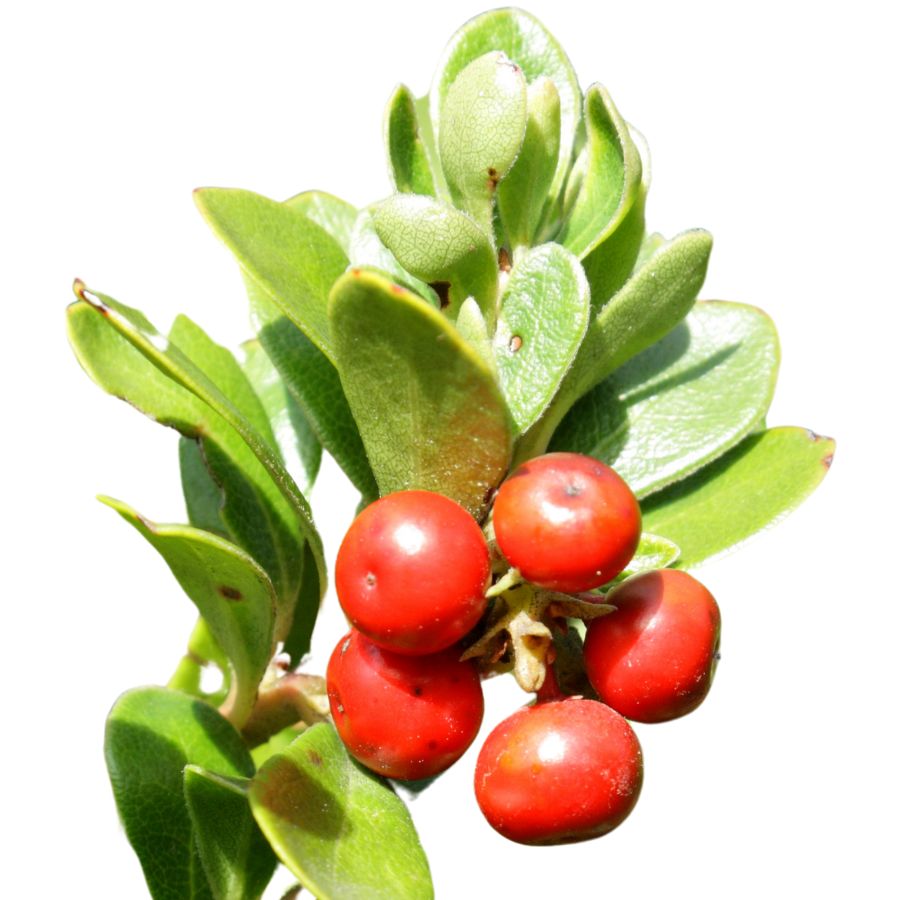
The striking red-brown bark of manzanita shrubs stands out against their pale green leaves. Native to dry western regions, these tough plants produce small berries that many people walk past without noticing their food value.
Traditional Native American groups made flour and drinks from manzanita berries for centuries. The berries have a gritty texture and mildly sweet taste with a slightly dry feel in your mouth.
Making manzanita berry products requires knowledge most people don’t have. This gives foragers who learn these skills a special market for their goods.
Berry-based syrups, jellies, and teas sell well to people interested in local foods and traditions. The unusual flavor and connection to regional history make these products unique items that can’t be found in regular stores.
Wild Mustard (Brassica spp.)

Wild mustard is sometimes called field mustard or black mustard, and it is a surprisingly common wild edible. The plants usually have bright yellow flowers with four petals and slightly fuzzy, lobed leaves that look a little like arugula.
When you are looking for wild mustard, be careful not to confuse it with young poison hemlock, which can have similar leaf shapes but no yellow flowers and a more finely divided, lacy appearance. Wild mustard leaves, stems, flowers, seed pods, and seeds are all edible, but the roots are usually too tough and fibrous to be worth eating.
The flavor of wild mustard can be peppery and sharp when raw, but cooking the leaves or stems softens the taste and brings out a mild, cabbage-like sweetness. People often sauté the greens, pickle the buds, or grind the seeds to make a spicy homemade mustard.
One interesting thing about wild mustard is that it is part of a huge family of plants humans have cultivated for centuries, including broccoli, kale, and turnips. If you harvest wild mustard, make sure you positively identify it, because while it is safe to eat, some toxic plants can look similar when they are young.
Where to Find Valuable Forageables in the State
Some parts of the state are better than others when it comes to finding valuable wild plants and mushrooms. Here are the different places where you’re most likely to have luck:
| Plant | Locations |
|---|---|
| Prickly Pear Cactus (Opuntia spp.) | – Prescott area (Yavapai County) – Tucson Mountain Park – Ironwood Forest National Monument |
| Mesquite (Prosopis spp.) | – San Pedro River Valley – Sonoita Creek region – Marana desert flats |
| Cholla Cactus (Cylindropuntia spp.) | – South Mountain Park (Phoenix) – Tortolita Mountains – Gila Bend desert edge |
| Amaranth (Amaranthus spp.) | – Verde River banks – Nogales area fields – Tonto Basin |
| Desert Hackberry (Celtis pallida) | – Santa Rita foothills – Dragoon Mountains edge – Organ Pipe plains |
| Wolfberry / Desert Goji (Lycium spp.) | – Florence desert scrub – Ajo outskirts – Agua Fria riverbanks |
| Agave (Agave spp.) | – Superstition Mountains – Arivaca area – Patagonia foothills |
| Saguaro Cactus (Carnegiea gigantea) | – Avra Valley – Tanque Verde Wash – McDowell Mountain Regional Park |
| Canyon Grape (Vitis arizonica) | – Chiricahua foothills – Oracle State Highway – Sierra Vista arroyos |
| Jujube (Ziziphus jujuba) | – Gila Valley orchards – Queen Creek neighborhoods – Duncan countryside |
| Pinyon Pine (Pinus edulis) | – Kaibab Plateau – Flagstaff woodlands – Springerville hills |
| Desert Purslane (Portulaca oleracea) | – Mesa roadside lots – Casa Grande outskirts – Coolidge irrigation zones |
| Wild Onion (Allium spp.) | – Prescott chaparral – Mount Lemmon trails – Payson creekbeds |
| Manzanita (Arctostaphylos spp.) | – Oak Creek Canyon – Jerome highlands – Yarnell foothills |
| Wild Mustard (Brassica spp.) | – Cochise fields – Tucson outskirts – Willcox meadows |
| Indian Ricegrass (Achnatherum hymenoides) | – Navajo County plains – Winslow grasslands – Apache County dunes |
When to Forage for Maximum Value
Every valuable wild plant or mushroom has its season. Here’s a look at the best times for harvest:
| Plants | Valuable Parts | Best Harvest Season |
|---|---|---|
| Prickly Pear Cactus (Opuntia spp.) | Ripe fruits (tunas), young pads (nopales) | Pads: March – May, Fruits: August – September |
| Mesquite (Prosopis spp.) | Bean pods | June – July |
| Cholla Cactus (Cylindropuntia spp.) | Flower buds, fruits | Buds: April – May, Fruits: June – July |
| Amaranth (Amaranthus spp.) | Young leaves, seeds | Leaves: April – June, Seeds: August – September |
| Desert Hackberry (Celtis pallida) | Ripe berries | September – November |
| Wolfberry / Desert Goji (Lycium spp.) | Ripe berries | April – May |
| Agave (Agave spp.) | Flower stalk (roasted), heart (piña) | March – May (before flowering) |
| Saguaro Cactus (Carnegiea gigantea) | Ripe fruits | Late June – Early July |
| Canyon Grape (Vitis arizonica) | Ripe grapes, tender leaves | Leaves: April – May, Grapes: August – September |
| Jujube (Ziziphus jujuba) | Ripe fruits | September – October |
| Pinyon Pine (Pinus edulis) | Pine nuts (seeds from cones) | September – October |
| Desert Purslane (Portulaca oleracea) | Leaves, stems | April – October |
| Wild Onion (Allium spp.) | Bulbs, young leaves | February – April |
| Manzanita (Arctostaphylos spp.) | Ripe berries | August – October |
| Wild Mustard (Brassica spp.) | Young leaves, flower buds, seeds | Leaves/Buds: February – April, Seeds: May – June |
| Indian Ricegrass (Achnatherum hymenoides) | Seeds | June – July |
One Final Disclaimer
The information provided in this article is for general informational and educational purposes only. Foraging for wild plants and mushrooms involves inherent risks. Some wild plants and mushrooms are toxic and can be easily mistaken for edible varieties.
Before ingesting anything, it should be identified with 100% certainty as edible by someone qualified and experienced in mushroom and plant identification, such as a professional mycologist or an expert forager. Misidentification can lead to serious illness or death.
All mushrooms and plants have the potential to cause severe adverse reactions in certain individuals, even death. If you are consuming foraged items, it is crucial to cook them thoroughly and properly and only eat a small portion to test for personal tolerance. Some people may have allergies or sensitivities to specific mushrooms and plants, even if they are considered safe for others.
Foraged items should always be fully cooked with proper instructions to ensure they are safe to eat. Many wild mushrooms and plants contain toxins and compounds that can be harmful if ingested.

